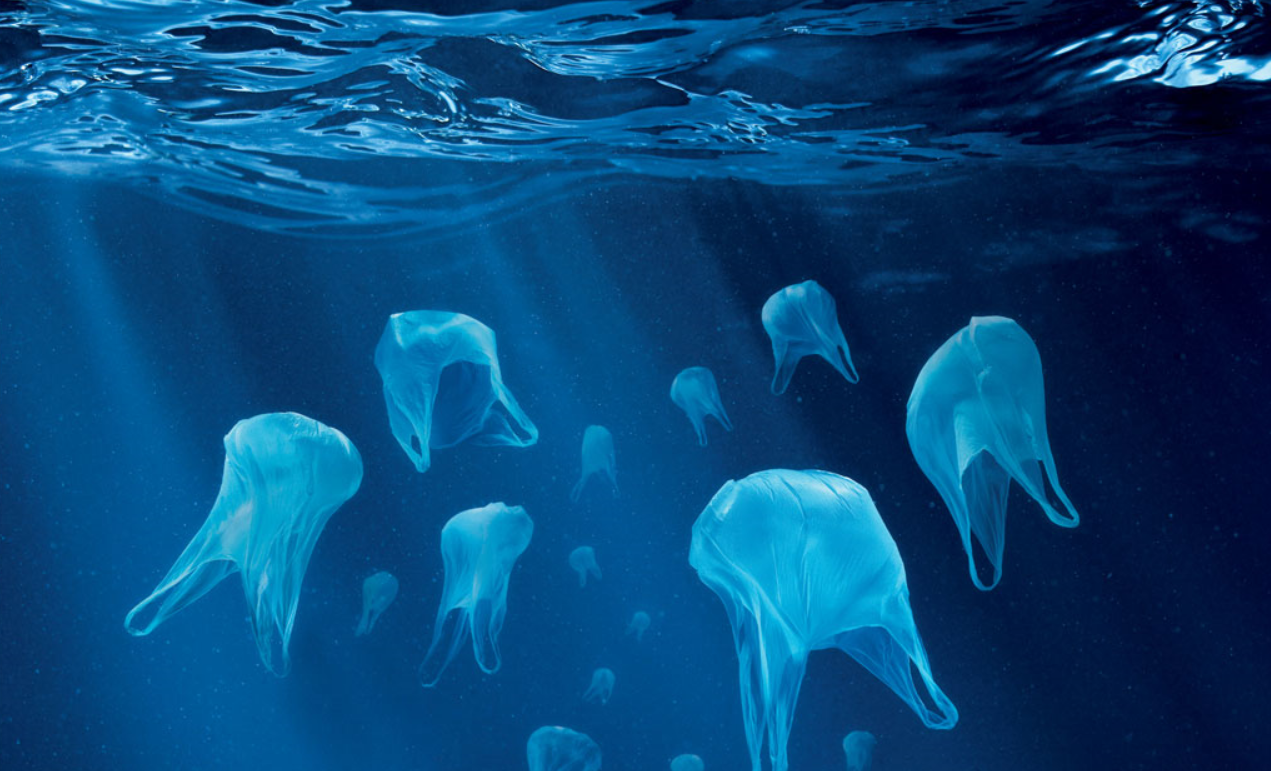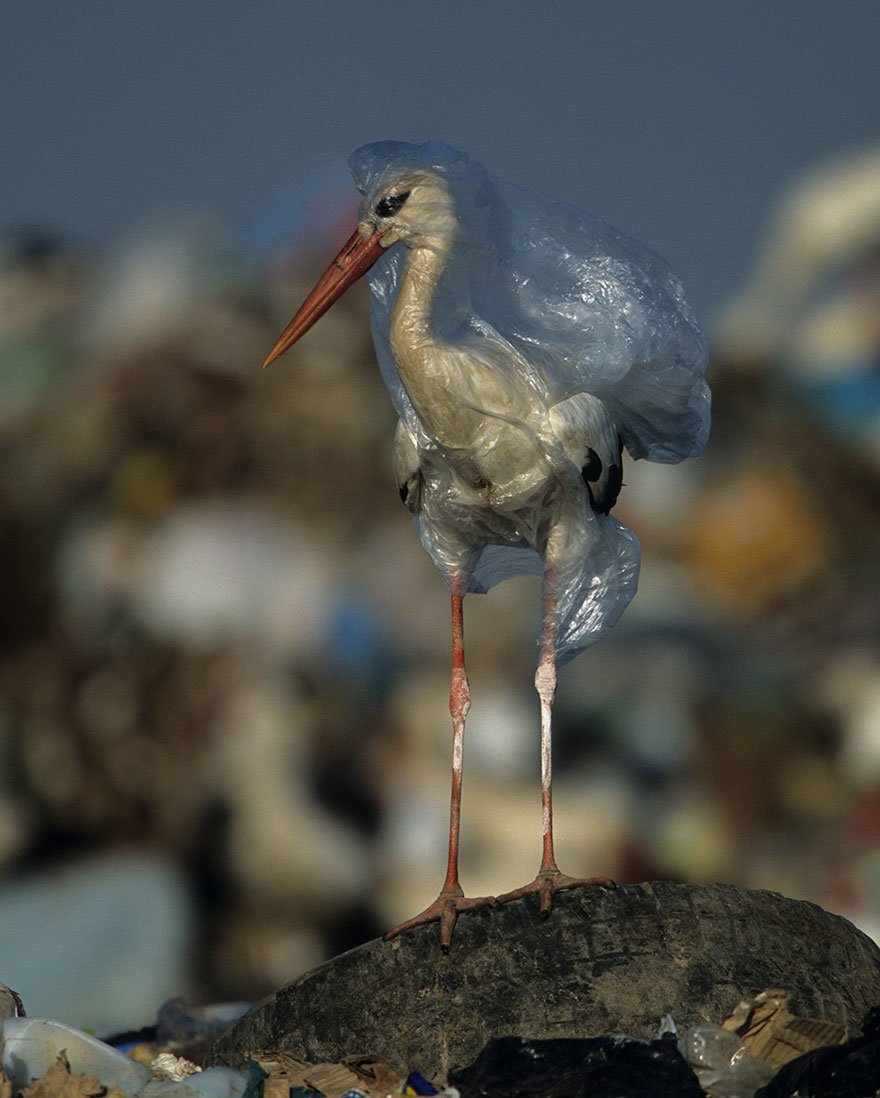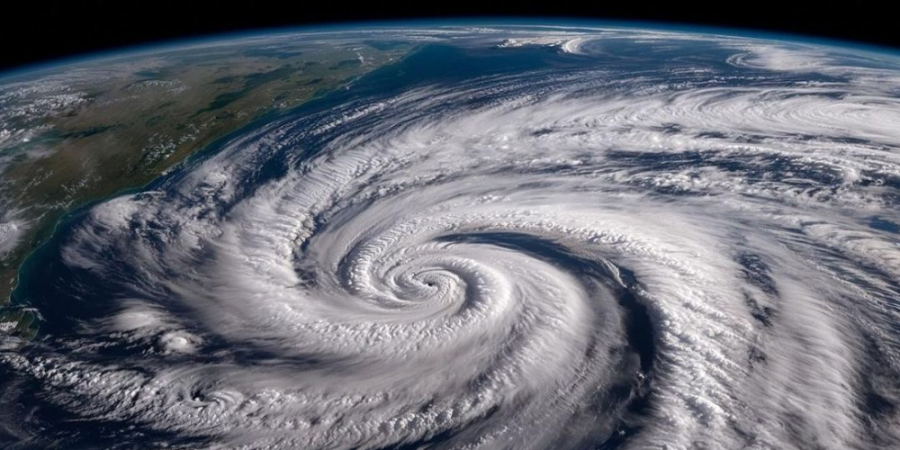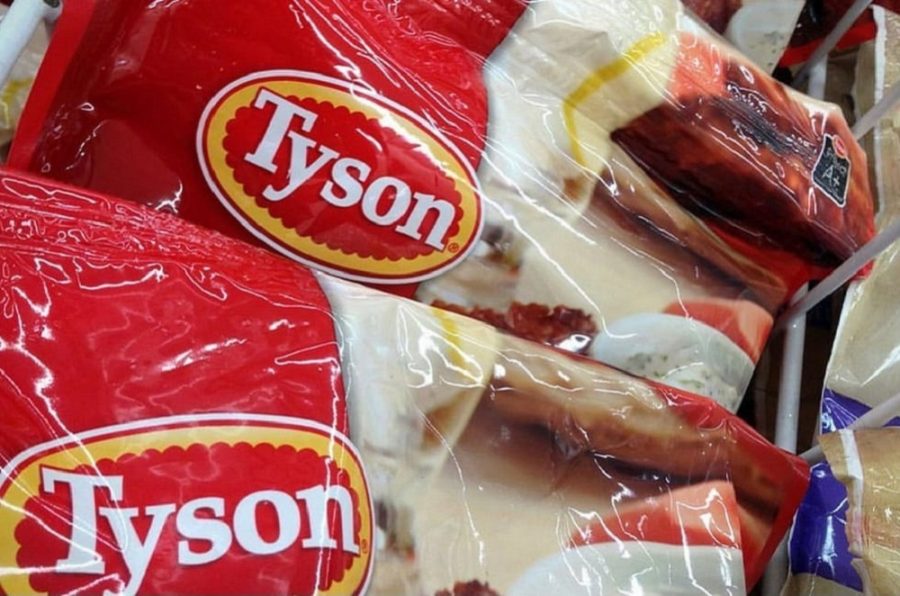National Geographic is known for its brilliant photography and the publication has had its fair share of incredible covers including the ‘Afghan Girl’ from 1985 which continues to the most famous magazine cover to date. But Nat Geo has outdone itself this month after unveiling its new enduring cover, part of the publication’s initiative against plastic pollution.

National Geographic’s June 2018 cover featured the famous Iceberg Plastico artwork by Mexican artist Jorge Gamboa
Iceberg Plastico Graces Cover of Nat Geo Magazine
The image used on the magazine’s June 2018 cover is the masterpiece of Jorge Gamboa, a Mexican artist, called Iceberg Plastico. The image gives the illusion of an iceberg above ocean level, but is in fact a partially submerged plastic bag. The iconic artwork won first place in a poster competition for Bolivia’s Biennial in 2017, and now it has graced the cover of Nat Geo to highlight the plastic pollution crisis in the oceans which is only the ‘tip of the iceberg’.
National Geographic launched an eye-opening campaign called ‘Planet of Plastic?’ which highlights the serious environmental problem of plastic pollution which is destroying marine life.
We all know that plastic is dangerous for our environment, which is why often feel guilty for throwing yet another piece of plastic in the garbage knowing that we’re probably contributing to the pollution crisis – and the truth is that we do have a part to play in the rising number of plastic pieces in the environment which are beginning to have disastrous consequences for the planet’s species. The shocking images in Nat Geo’s latest issue shows how our plastic addiction is destroying Earth and marine life.

The publication’s ‘Planet or Plastic’ campaign led by example by sending out its magazine copies in paper bags instead of plastic wrapping
The ‘Planet or Plastic’ Campaign
Nat Geo says that the aim of the eye-opening campaign is to change the way people use and discard plastic. If environmental organizations and consumers make a joint effort to create awareness about the pollution problem, manufacturers and large corporations will be forced to rethink the way they package their products. The publication itself is trying to lead by example by choosing to send out its magazines in paper packaging instead of the usual plastic bags.
The publication’s ‘Planet or Plastic’ campaign urges consumers to refrain from using bags, bottles and straws made from plastic as these articles tend to be the most problematic when it comes to ocean pollution. The magazine also encourages readers to take a pledge to make conscious decisions when buying products since every effort, no matter how big or small, helps at some level.
Millions of Tons of Plastic Found in Oceans
According to the campaign, 9 million tons of plastic ends up in the oceans every year, and the powerful photographs in the magazine show the heartbreaking consequences it has on the wildlife and our planet’s environment. Nat Geo scientists hope that the new awareness campaign will educate people about the long-term consequences of plastic pollution and how the non-biodegradable particles called microplastics can eventually enter back into our food chain and have disastrous effects on our health.
In an interview with DailyMail.com, Gary E. Knell, the CEO of Nat Geo Partners said that his organization has been dedicated to bringing the planet’s stories to global audiences for over a century, highlighting Earth’s beauty as well as educating masses about the threats it is faced with.
Researchers and scientists working for Nat Geo who have been studying our planet’s environment for decades, have witnessed the dismal consequences of plastic waste in the oceans and the situation is becoming worse by the day.

One of the powerful photographs illustrated in the magazine showed a stork trapped in a plastic bag in a landfill in Spain
Knell says that the new anti-plastic initiative is expected to be an on-going project through which researchers will share stories of how people and animal species around the world are affected by this man-made crisis.
One of the powerful photographs illustrated in the magazine showed a stork trapped in a plastic bag in a landfill in Spain. The photographer who freed the bird from the bag said that a single bag can take more than one life; because even after the animal trapped in it dies, the plastic bag remains, and can kill again.










